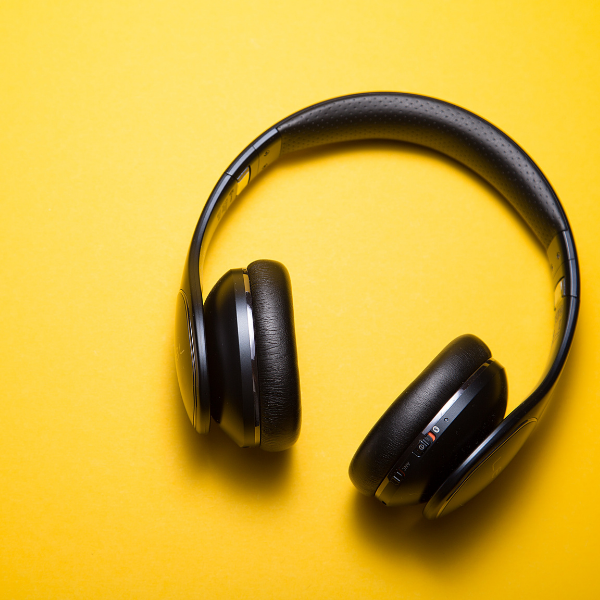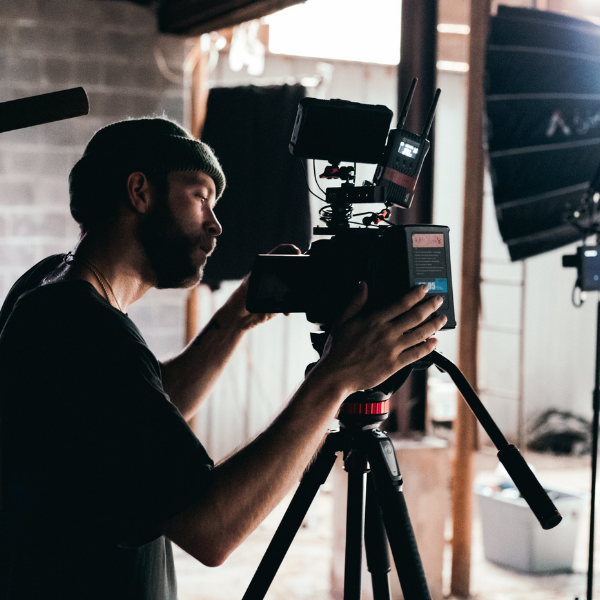Simple ways to make your office camera-ready

As a successful physician, you know that details matter. When it comes to creating a high-quality video that you’ll be proud to share, the smallest details make a big difference.
For example: Your office may be lovely, inviting, and functional. But how will it look on-screen? While you may barely notice the traffic noise drifting in from an open window or the stray holiday wreath hanging in the corner, your viewers will.
Those details matter, because today’s viewers expect quality. In a Verizon Digital Media Services survey of 1,000 adults, 85 percent of respondents said that they expect “TV-like quality” for every video they watch online. That means nothing grainy, staticky, or otherwise low quality.
To help you better prepare your office for your next video shoot, we’ve put together a camera-ready checklist.
Visuals

In many cases, a video will be the first time the viewer encounters you and your practice. How the video looks will influence how they feel about working (or not!) with you and your team.
People who use video to market their work get 66 percent more qualified leads than those who don’t. Does that number seem high? Consider how you feel after watching a good video about a business or product.
If you liked what you saw, heard, and felt, you’re more likely to feel positively toward that business. Afterward, you’re more likely to choose that business over its competitors.
To make your office as visually appealing (from a video perspective) as possible, consider the following.
- In the room(s) where filming will take place, where does the natural light come in? When is it strongest during the day? Weakest?
- Why this matters: Think of natural light as “available” light courtesy of the sun or moon, while artificial light refers to light produced by another source such as a lightbulb, LED, or camera’s flash. Natural light often presents a more authentic and flattering appearance on camera. though it’s important to consider continuity (or how the light will shift and change during the length of a video shoot). Artificial light, meanwhile, is more consistent but can also appear more harsh, depending on the intensity and location of the light.
- Why this matters: Think of natural light as “available” light courtesy of the sun or moon, while artificial light refers to light produced by another source such as a lightbulb, LED, or camera’s flash. Natural light often presents a more authentic and flattering appearance on camera. though it’s important to consider continuity (or how the light will shift and change during the length of a video shoot). Artificial light, meanwhile, is more consistent but can also appear more harsh, depending on the intensity and location of the light.
- Are any holiday or other time-sensitive decorations removed?
- Why this matters: You want your video to have the longest shelf life possible. If there’s a Christmas tree or other holiday decoration visible in the background, you immediately take the viewer out of the experience of listening to you and your team. It’s jarring and disrupts the flow of the video.
- Why this matters: You want your video to have the longest shelf life possible. If there’s a Christmas tree or other holiday decoration visible in the background, you immediately take the viewer out of the experience of listening to you and your team. It’s jarring and disrupts the flow of the video.
- Where will the video subject(s) be sitting? What would be immediately behind them? In front of them?
- Why this matters: Location, location, location—where you sit and how this space looks matters to your viewers. Carefully consider the visual appeal (or lack of it) that your location conveys. Does the space seem cramped, or spacious? Is it sterile, or inviting?
- Then, check behind that seat. Is there anything distracting, such as a busy wallpaper or colorful photograph, that might distract the viewer from focusing on you?
Audio

If your viewer can’t hear you, you’ve lost a key way to communicate your message. Capturing quality audio is very important to the overall success of your video.
In fact, one audio engineering study found that if the audio quality of your video is medium to marginal, it doesn’t matter how good things look—viewers are more likely to react negatively.
Thankfully, prepping your office for the best audio possible is easy with these tips.
- Are there noisy appliances or equipment (e.g. a fridge, a freezer, a copier, a printer, an elevator, or a doorbell) in the main filming locations?
- Are all phones on mute or turned off so ringing doesn’t interrupt filming?
- Are all windows closed to minimize noise from outside the office?
- Do you know how to turn off any air conditioners and/or heaters?
- Do all staff members and/or patients know that filming is happening? (Tip: It can help to post a sign on the door of any filming location to caution people to be as quiet as possible.)
- Does the room(s) where filming will take place have an echo?
Tech

A video team is trained to film in a wide variety of conditions and settings, and can make the most of any location. But the more you can set the team up for success, the more efficient your video shoot will be. By knowing the answer to a couple quick questions ahead of filming, you’ll save you and your team time and effort, so you can get to the fun part: Filming!
- Where are the outlets?
- Are there equipment and/or other medical devices that will need to be removed during filming?
Follow the steps above and your office will be ready for filming without distractions or interruptions, making your video shoot efficient, easy, and enjoyable.
No time to oversee location prep? And Cut’s location scouts can handle the prepwork and make tailored recommendations for your space.
